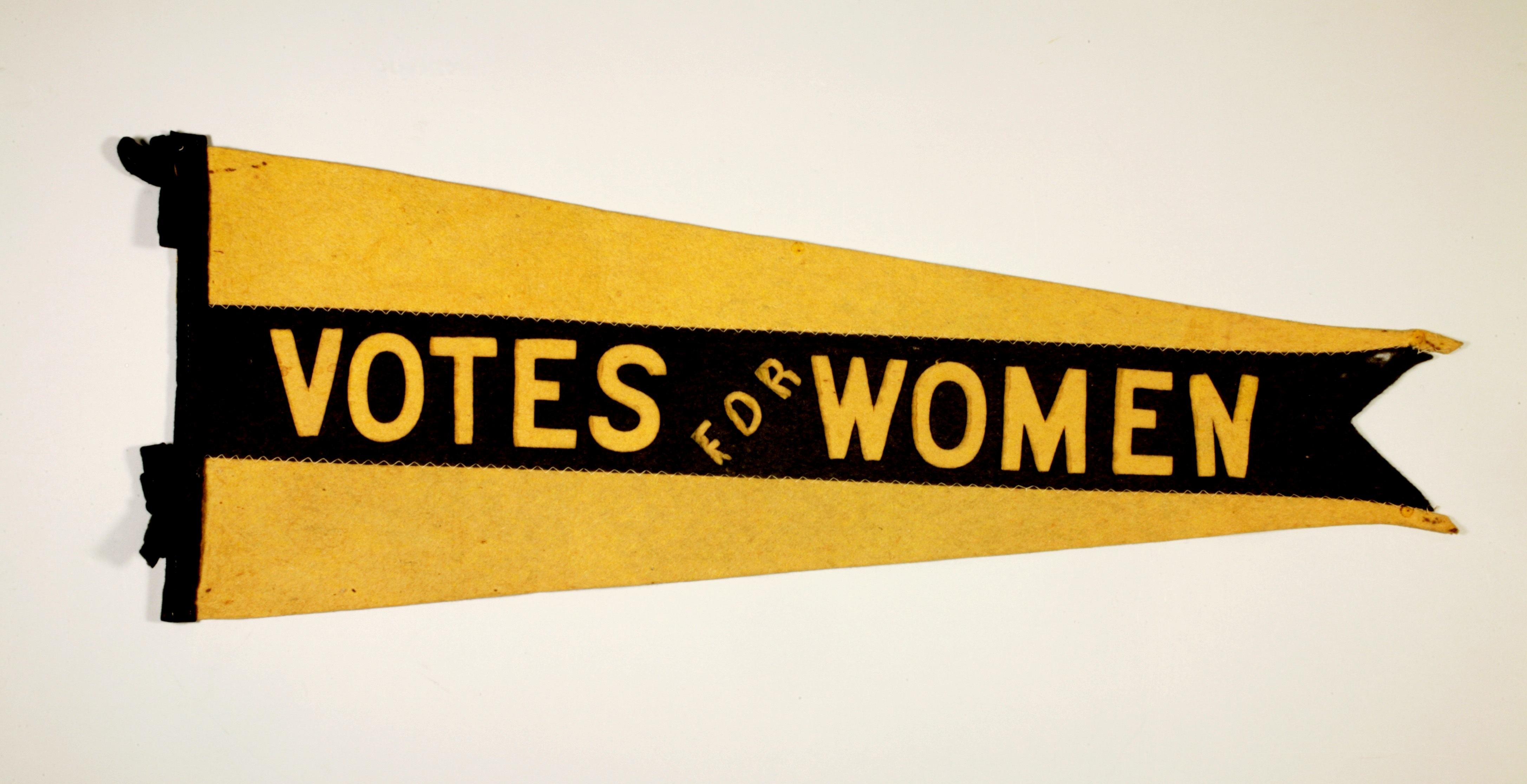Article
V'là l'bon vent!
'V'là l'bon vent!' Folksong on the theme of the 'trois canards' or three ducks, of which there are some 100 variants.

Enter your search term
Signing up enhances your TCE experience with the ability to save items to your personal reading list, and access the interactive map.
Create AccountArticle
'V'là l'bon vent!' Folksong on the theme of the 'trois canards' or three ducks, of which there are some 100 variants.
"https://development.thecanadianencyclopedia.ca/images/tce_placeholder.jpg?v=e9dca980c9bdb3aa11e832e7ea94f5d9" // resources/views/front/categories/view.blade.phphttps://development.thecanadianencyclopedia.ca/images/tce_placeholder.jpg?v=e9dca980c9bdb3aa11e832e7ea94f5d9

"https://development.thecanadianencyclopedia.ca/images/tce_placeholder.jpg?v=e9dca980c9bdb3aa11e832e7ea94f5d9" // resources/views/front/categories/view.blade.phphttps://development.thecanadianencyclopedia.ca/images/tce_placeholder.jpg?v=e9dca980c9bdb3aa11e832e7ea94f5d9

Article
Vogt Society (later the Society for Contemporary Music). Established in 1936 by the TCM Residence Alumni Association in honour of A.S. Vogt to promote the performance and publication of music by Canadian composers.
"https://development.thecanadianencyclopedia.ca/images/tce_placeholder.jpg?v=e9dca980c9bdb3aa11e832e7ea94f5d9" // resources/views/front/categories/view.blade.phphttps://development.thecanadianencyclopedia.ca/images/tce_placeholder.jpg?v=e9dca980c9bdb3aa11e832e7ea94f5d9

Article
Canadian Voice of Women for Peace (VOW) is a feminist, non-partisan, non-profit, non-governmental organization founded in 1960. The organization opposes violence and war and promotes nuclear disarmament, peace and social justice. It does so through education, advocacy and strengthening the voices of women. Famous members include politician Thérèse Casgrain, activist Grace Hartman and physicist Ursula Franklin.
"https://d2ttikhf7xbzbs.cloudfront.net/media/media/b22534e5-e1ea-4072-ac0e-5d1c3f107433.jpg" // resources/views/front/categories/view.blade.phphttps://d2ttikhf7xbzbs.cloudfront.net/media/media/b22534e5-e1ea-4072-ac0e-5d1c3f107433.jpg

Article
A volcano is an opening in the crust of a planetary body through which liquid, gaseous or solid material is expelled; also the structure formed by eruption of this material.
"https://d2ttikhf7xbzbs.cloudfront.net/media/media/55b65d67-fab1-4bea-a12a-8d19e4088565.jpg" // resources/views/front/categories/view.blade.phphttps://d2ttikhf7xbzbs.cloudfront.net/media/media/55b65d67-fab1-4bea-a12a-8d19e4088565.jpg

Article
Vole, common name for several rodents of family Muridae, found only in the northern hemisphere.
"https://development.thecanadianencyclopedia.ca/images/tce_placeholder.jpg?v=e9dca980c9bdb3aa11e832e7ea94f5d9" // resources/views/front/categories/view.blade.phphttps://development.thecanadianencyclopedia.ca/images/tce_placeholder.jpg?v=e9dca980c9bdb3aa11e832e7ea94f5d9

Article
The playing court, 18 m x 9 m, is divided by a centreline. Above the centreline is an extended net, placed 2.43 m high for men and 2.24 m high for women. The goal of the game is to send the ball, according to the regulations, over the net to the floor on the opposite court.
"https://d2ttikhf7xbzbs.cloudfront.net/media/media/81278aef-fd97-4f30-a208-e4f27e413565.jpg" // resources/views/front/categories/view.blade.phphttps://d2ttikhf7xbzbs.cloudfront.net/media/media/81278aef-fd97-4f30-a208-e4f27e413565.jpg

Article
The Québec City Armoury, in Place Georges V, dates back to 1884 when architect Eugène-Étienne Taché drew up the building plans alternately with those for the Québec National Assembly and the old Palais de justice.
"https://d2ttikhf7xbzbs.cloudfront.net/media/media/60f3bef8-e5e4-4a32-81f7-311fa72662ab.jpg" // resources/views/front/categories/view.blade.phphttps://d2ttikhf7xbzbs.cloudfront.net/media/media/60f3bef8-e5e4-4a32-81f7-311fa72662ab.jpg

Article
Their commander was Major Charles-Michel de SALABERRY, formerly of the 60th (Royal American) Regiment of Foot. His family had a well regarded reputation for serving the British Army, and he had served with the British against the French in the West Indies and at Walcheren.
"https://d2ttikhf7xbzbs.cloudfront.net/media/media/3c8e4ab9-41f4-46fd-bbd1-e45854bfb33d.jpg" // resources/views/front/categories/view.blade.phphttps://d2ttikhf7xbzbs.cloudfront.net/media/media/3c8e4ab9-41f4-46fd-bbd1-e45854bfb33d.jpg

Editorial
The following article is an editorial written by The Canadian Encyclopedia staff. Editorials are not usually updated. Before Confederation, the right to vote in elections was restricted to a small, wealthy, property-owning elite. Because votes were declared publicly, elections were rowdy, highly competitive and even violent. Voting by secret ballot was first introduced in New Brunswick in 1855 and federally in 1874.
"https://d2ttikhf7xbzbs.cloudfront.net/media/media/1e88decf-02d6-4b89-b522-383f360ecac4.jpg" // resources/views/front/categories/view.blade.phphttps://d2ttikhf7xbzbs.cloudfront.net/media/media/1e88decf-02d6-4b89-b522-383f360ecac4.jpg

Collection
The right to vote in Canada has not been straightforward. Race, ethnicity, and gender were often factors in determining who had the right to vote, a right that, once earned, could be taken away. Learn about the complicated history of Voting Rights in Canada.
"https://d2ttikhf7xbzbs.cloudfront.net/Final_1949.jpg" // resources/views/front/categories/view.blade.phphttps://d2ttikhf7xbzbs.cloudfront.net/Final_1949.jpg

Timelines
The struggle for voting rights is the struggle for human rights. Historically, governments have given the right to vote to the people who they’ve valued the most. Typically, this included only a select few. The majority of the population had to fight for their right to vote — a right that, once earned, could be taken away. The story of the right to vote in Canada is complex. Provincial and federal franchise regulations varied widely....
"https://d2ttikhf7xbzbs.cloudfront.net/media/media/88bab6f6-366c-45d5-be02-092e23d46e97.jpg" // resources/views/front/categories/view.blade.phphttps://d2ttikhf7xbzbs.cloudfront.net/media/media/88bab6f6-366c-45d5-be02-092e23d46e97.jpg

Article
Congratulatory ex-votos, offered for a favour received, are the most common.
"https://d2ttikhf7xbzbs.cloudfront.net/media/media/70b6c367-9cfc-4d12-977a-3e8929412b6e.jpg" // resources/views/front/categories/view.blade.phphttps://d2ttikhf7xbzbs.cloudfront.net/media/media/70b6c367-9cfc-4d12-977a-3e8929412b6e.jpg

Editorial
The following article is an editorial written by The Canadian Encyclopedia staff. Editorials are not usually updated.At some point in the 1650s, two adventurers from New France embarked on a journey that eventually revolutionized the fur trade and changed the course of Canadian history.
"https://development.thecanadianencyclopedia.ca/images/tce_placeholder.jpg?v=e9dca980c9bdb3aa11e832e7ea94f5d9" // resources/views/front/categories/view.blade.phphttps://development.thecanadianencyclopedia.ca/images/tce_placeholder.jpg?v=e9dca980c9bdb3aa11e832e7ea94f5d9

Article
Voyageurs were independent contractors, workers or minor partners in companies involved in the fur trade. They were licensed to transport goods to trading posts and were usually forbidden to do any trading of their own. The fur trade changed over the years, as did the groups of men working in it. In the 17th century, voyageurs were often coureurs des bois — unlicensed traders responsible for delivering trade goods from suppliers to Indigenous peoples. The implementation of the trading licence system in 1681 set voyageurs apart from coureurs des bois, who were then considered outlaws of sorts. Today, the word voyageur, like the term coureur des bois, evokes the romantic image of men canoeing across the continent in search of furs. Their life was full of perilous adventure, gruelling work and cheerful camaraderie.
"https://d2ttikhf7xbzbs.cloudfront.net/media/media/50d0c290-345d-4655-b501-3cfa471dfdb7.jpg" // resources/views/front/categories/view.blade.phphttps://d2ttikhf7xbzbs.cloudfront.net/media/media/50d0c290-345d-4655-b501-3cfa471dfdb7.jpg
